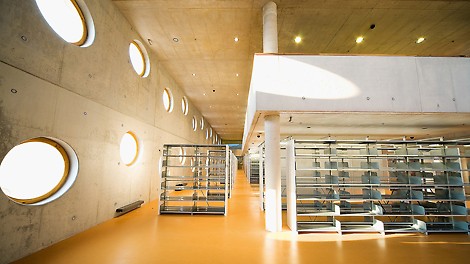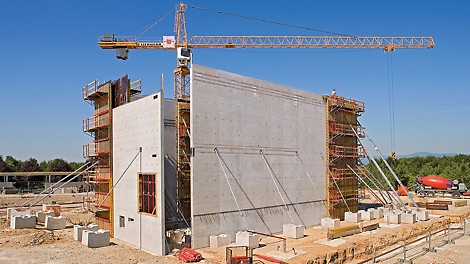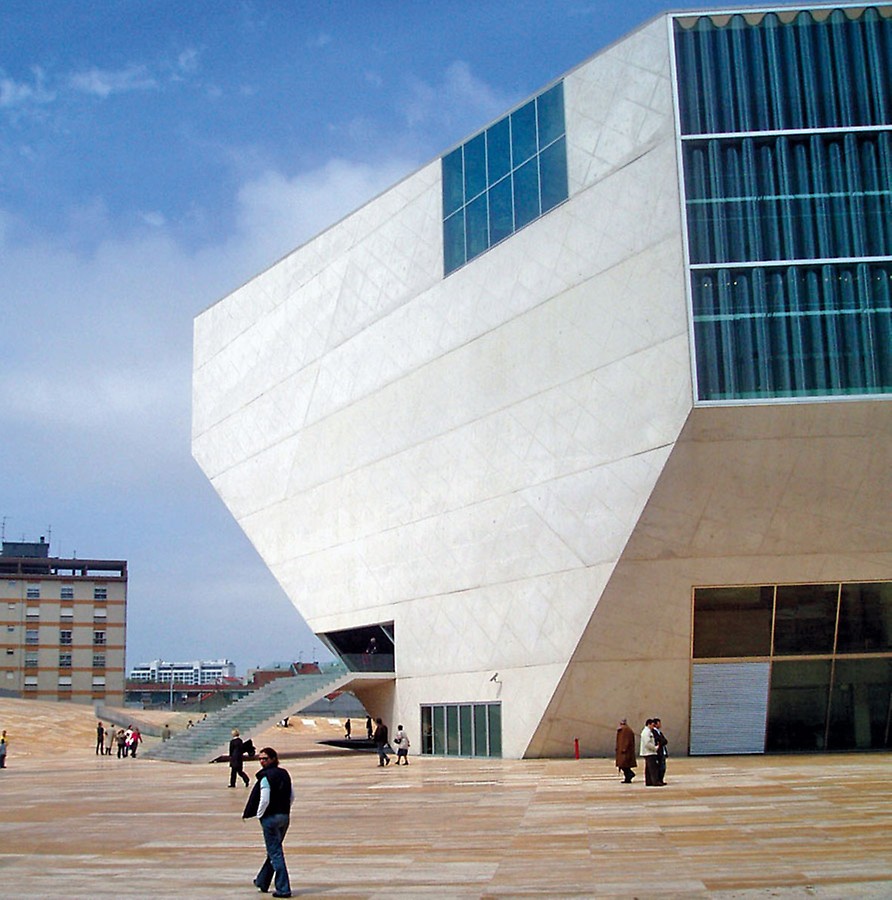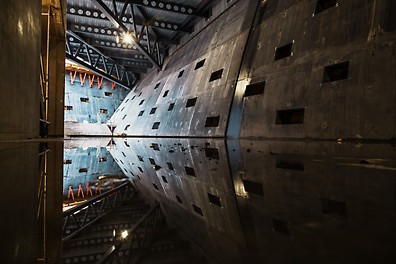Building with Architectural Concrete
Turn your architectural vision into reality with PERI's expertise in formwork and formlining solutions. From planning to execution, we provide the support you need for a successful project.
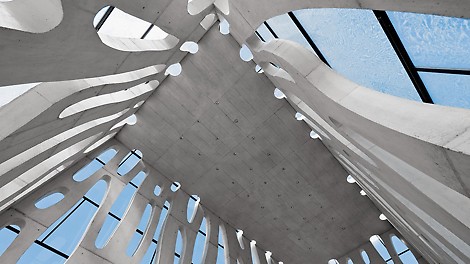
Architectural concrete is a versatile and important design element in modern architecture. It can be used for almost any construction task, allowing for diverse shapes and qualities through appropriate formwork systems and formlining. The creation of architectural concrete is influenced by various factors such as the concrete mix, pigments, release agents, and subsequent surface treatments.
The development of new concrete types and fibre-reinforced concretes opens up further applications. While there are no binding regulations for the production of architectural concrete, the DBV "Architectural Concrete" pamphlet provides specific classes and criteria for good technical support. It is recommended to base tenders, contracts, and services on this pamphlet.
To achieve structures and components with unique concrete surfaces, collaboration among all parties involved is crucial. The planners and clients' expectations and requirements must align with what can be accomplished in reality. Creating an architectural concrete team is the ideal solution for a successful outcome.
Typically, the contract is not assigned during the planning phase, so consultation agreements with competent specialist companies or experienced engineering offices are necessary. The selected engineering office can then act as the architectural concrete coordinator in the team.
Modern formwork construction primarily uses system formwork or shuttering consisting of compatible system components. This has advantages such as increased chances of correct usage, multiplied possible uses, reduced amortization costs, and improved safety. For architectural concrete surfaces, the quality of the formwork must be considered.
Panel formwork is mainly used as rental formwork with varying utilisation rates and repaired areas, achieving only SB 1 and SB 2 architectural concrete classes. Higher classes such as SB3 and SB4 are not possible or limited with rental panel formwork, except for PERI MAXIMO.
Formlining selection determines the concrete surface structure and should be considered during planning. Knowledge of material properties, coatings, and interactions with release agents and fresh concrete is necessary for writing tender documents.
Well-defined specifications are necessary for the contractor to select the appropriate formlining and assess feasibility, tolerances, and fluctuations in results. Four factors affecting the concrete surface are absorbency, light/darkness, texture, and joints/fixing.
Today's structural designs and building methods allow the realisation of impressive architectural concepts. Below you can see some of the projects we have worked on to achieve these concepts.
Dundee, Great Britain
Weissenhorn, Germany
Córdoba, Argentina
Oberpfaffenhofen, Germany
Warsaw, Poland
Sussex, Great Britain
Turn your architectural vision into reality with PERI's expertise in formwork and formlining solutions. From planning to execution, we provide the support you need for a successful project.
